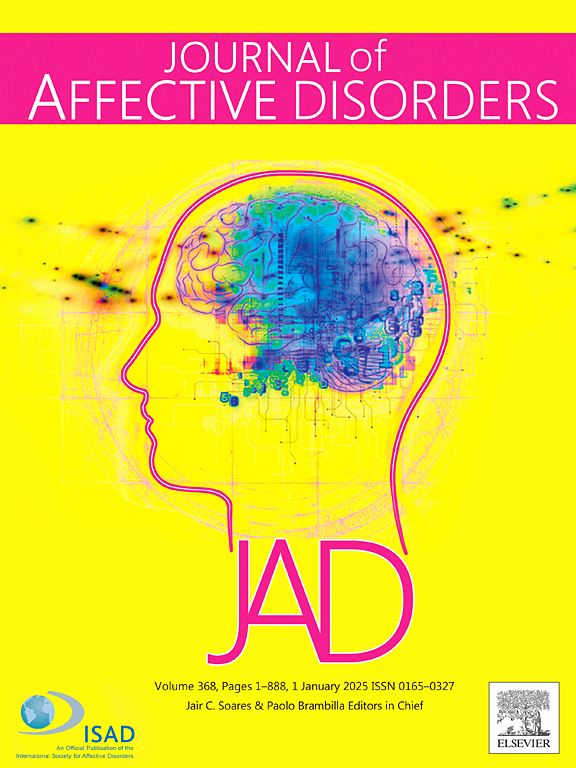Left prefrontal intermittent theta-burst stimulation therapy for major depressive disorder: A real-world, multisite observational study in Japan
IF 4.9
2区 医学
Q1 CLINICAL NEUROLOGY
引用次数: 0
Abstract
Background
Although approved for treatment in 2018, the effectiveness of intermittent theta-burst stimulation (iTBS) in a real-world setting remains inadequately studied. This observational study investigated the real-world use of iTBS, a usual medical practice for depression, factors influencing its effectiveness, and differences in effectiveness between 600 and 1200 pulses.
Methods
Data from patients who received iTBS therapy for depression at four private clinics between January 2021 and April 2024 were extracted. Patients were assessed using the 17-item Hamilton Depression Rating Scale at baseline and after treatment completion. Correlation and multiple regression analyses were performed to investigate clinico-demographic factors and stimulation parameters associated with iTBS effectiveness. Safety was assessed using all relevant data, and effectiveness was evaluated using eligible samples.
Results
Among 538 patients meeting eligibility criteria for effectiveness evaluation (mean age 40.8 ± 13.8 years, 44.1 % women), 63 completed iTBS with 600 pulses, and 475 completed iTBS with 1200 pulses. Overall response and remission rates were 69.1 % and 53.7 %, respectively, with no significant difference in effectiveness between iTBS-600 and iTBS-1200. Multiple regression analysis indicated fewer depressive episodes (β = −0.103, t = −2.080, p = 0.038) and more treatment sessions (β = 0.134, t = 3.155, p = 0.002) may have contributed to the positive effect of iTBS therapy. The most common adverse event was stimulation site pain. No severe adverse events, such as seizure induction or manic switch, were observed.
Conclusion
The results suggest the highly favorable effectiveness of iTBS therapy for major depressive disorder in real-world settings.
求助全文
约1分钟内获得全文
求助全文
来源期刊

Journal of affective disorders
医学-精神病学
CiteScore
10.90
自引率
6.10%
发文量
1319
审稿时长
9.3 weeks
期刊介绍:
The Journal of Affective Disorders publishes papers concerned with affective disorders in the widest sense: depression, mania, mood spectrum, emotions and personality, anxiety and stress. It is interdisciplinary and aims to bring together different approaches for a diverse readership. Top quality papers will be accepted dealing with any aspect of affective disorders, including neuroimaging, cognitive neurosciences, genetics, molecular biology, experimental and clinical neurosciences, pharmacology, neuroimmunoendocrinology, intervention and treatment trials.
 求助内容:
求助内容: 应助结果提醒方式:
应助结果提醒方式:


